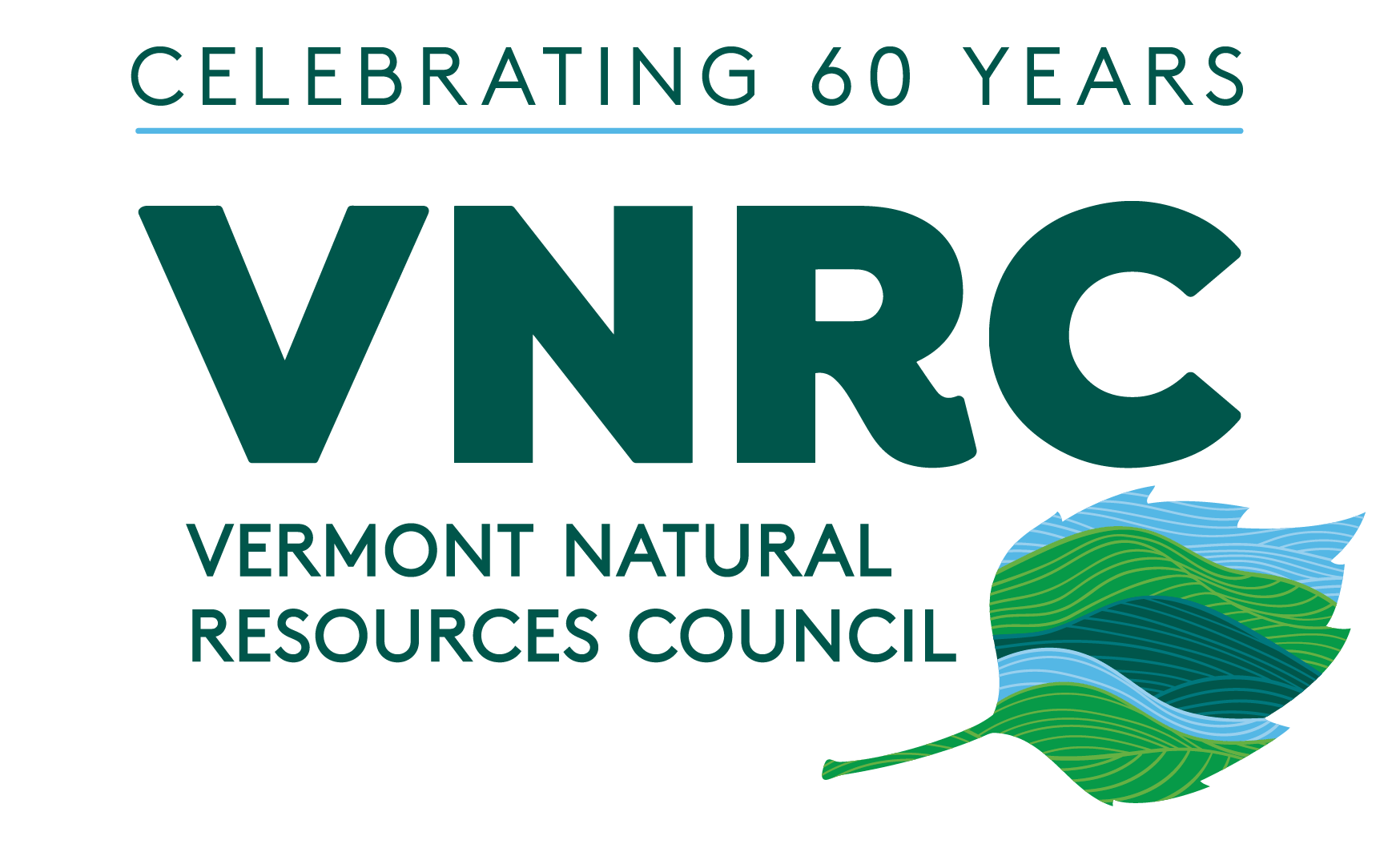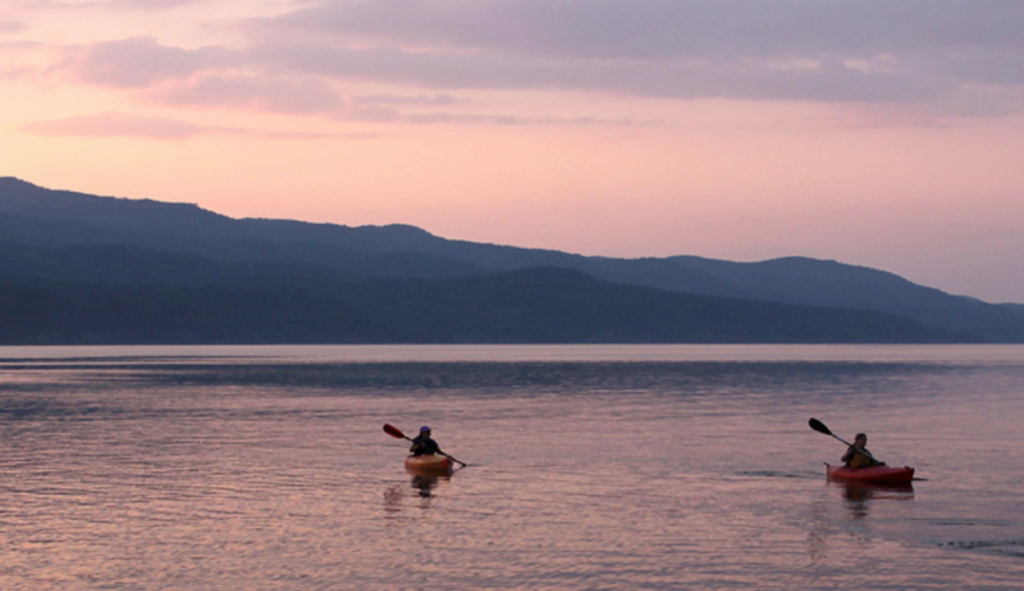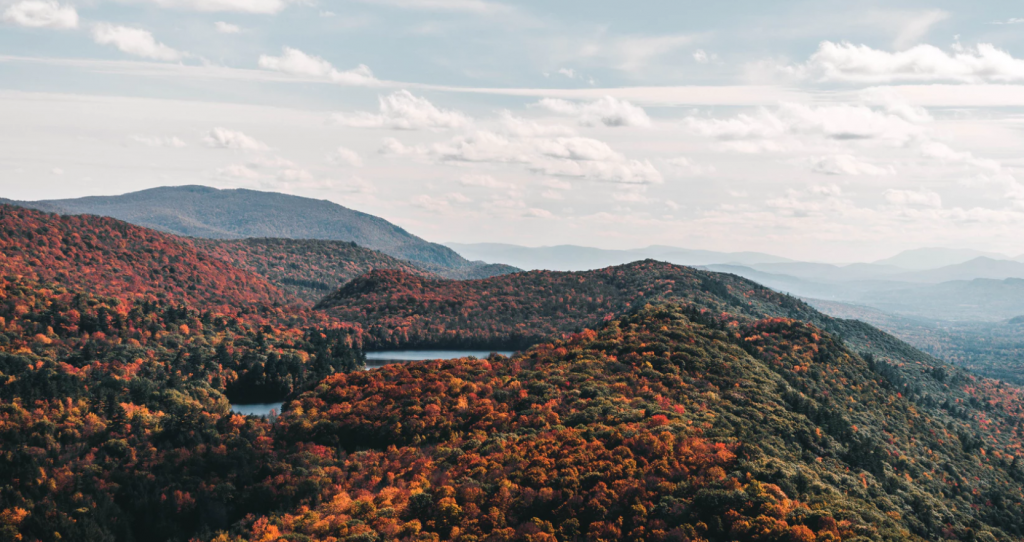As Vermont has experienced firsthand, the climate crisis is already threatening our communities through increasingly severe weather events and flooding. The Legislature must work swiftly and strategically to advance policies that strengthen our resilience, protect critical natural resources and waterways, and support our communities in adapting to climate change. Learn more about the importance of protecting our wetlands and riparian areas, and the key resilience recommendations VNRC is advocating for this Legislative session, below.
The Role of Water in Climate Resilience
We already have a crucial tool to mitigate climate change and strengthen our resilience – our water! The river corridors, riparian areas, and wetlands of Vermont have the ability to support biodiversity, filter our water supply, mitigate flooding, and provide drinking water and recreational opportunities we need to connect to the outdoors.
How do river corridors improve climate resilience?
Rivers naturally meander, which means that they curve and bend as they flow downstream. If a river has an undeveloped river corridor it will be able to make these natural adjustments without harmful consequences. River corridors can also act as a floodplain during high water events. Open floodplains allow water to swell over the banks of the river, slow down, drop sediment from the water column, and sink into the ground of the floodplain. Protecting undeveloped river corridors allows the river to move without harming people, and it gives excess water during storms somewhere to go that has a positive effect.
How do wetlands improve climate resilience?
As precipitation patterns change in Vermont, and the number of unusual and damaging weather events increase, watersheds need wetlands to be our filter and sponge. They slow down and filter any water that enters a wetland area while offering an important, singular habitat for Vermont wildlife. Without wetlands, the water has no way to slow down or soak in, and can cause damage to homes and vital infrastructure downstream.
Preserving Vermont’s river corridors, riparian areas, and wetlands maintains the natural functions they provide, supports the many plants and animals that live in aquatic ecosystems, and secures safe drinking water. The proper management of water in Vermont has the potential to mitigate climate change and support Vermont’s clean water future.



